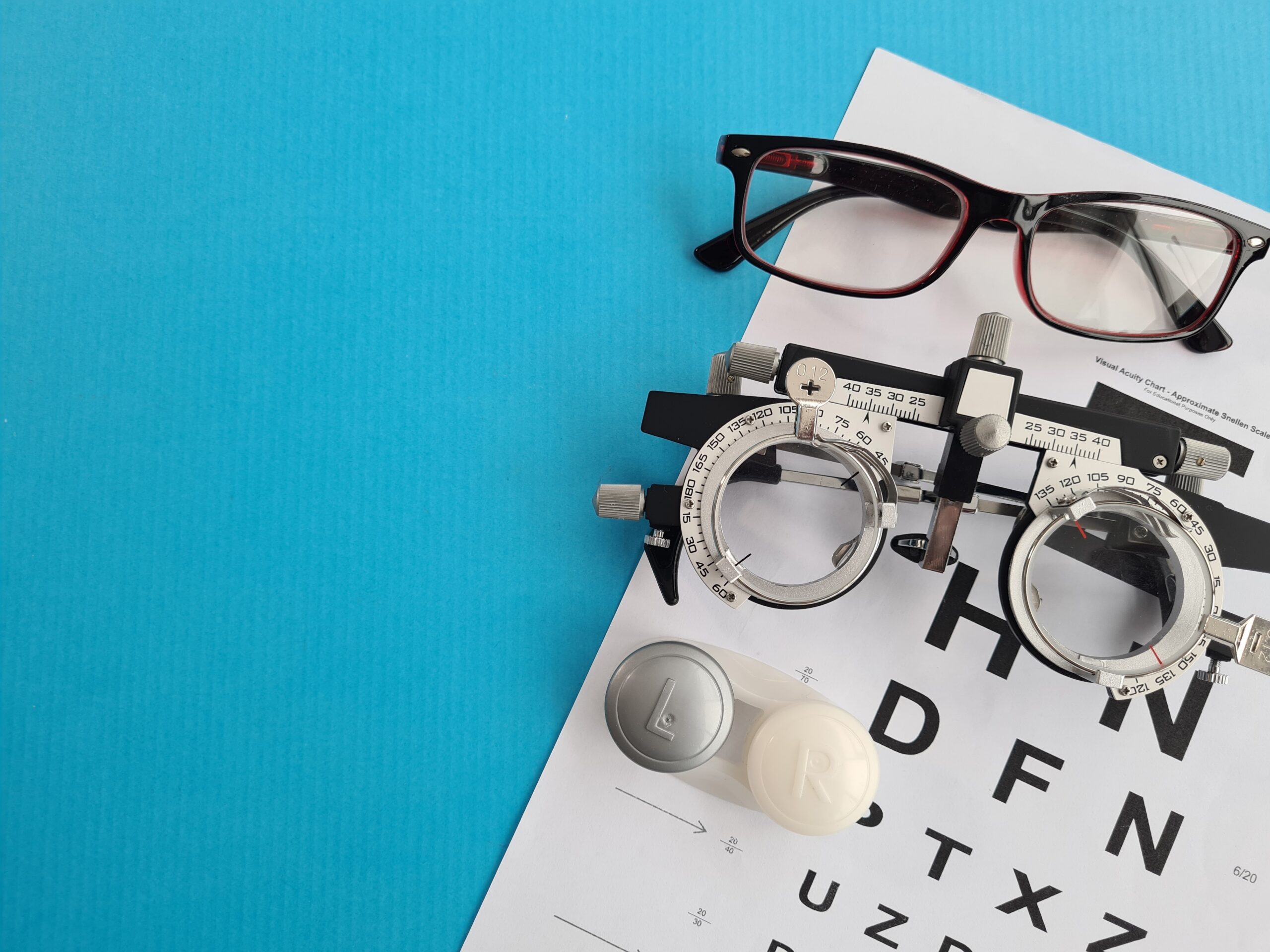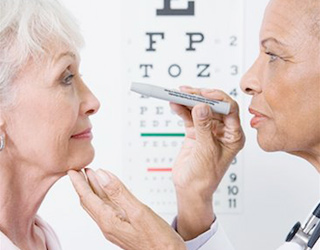I’m over 40 and can’t read with my contacts, what can I do?

The population is getting older, people are living longer, and the demand for those looking for solutions to their reading problems with contact lenses is growing. When the natural lens in your eye starts to lose the ability to focus on objects up close, it’s called presbyopia. It can range from an occasional hard-to-read medicine bottle to your entire meal being blurry on the table in front of you, and it can be frustrating especially for those who never needed glasses or contact lenses previously. Luckily, new advances in contact lens materials and technologies means there’s something out there for practically everyone.
Reading Glasses
Over the counter readers or prescription reading glass for occasional use works well for people in the early stages of presbyopia. They are worn over distance contact lenses so there is little adjustment and clear vision near and far. However, they need to be with you, not left in the car or at work, and oftentimes people end up just wearing these readers all day since it is just that much clearer.
Mono Vision
In the past, there were very few options for multifocal, or bifocal, contact lenses. A technique called monovision was used where the dominant eye was corrected for distance, and the other eye (usually the non-dominant eye) was corrected for near. The drawbacks to this practice are obvious; when your eyes are competing with each other you get things like poor intermediate vision, poor night driving, headaches, etc. This method is typically saved as a last resort for those who can’t wear multifocals.
Multi Focal Contacts
Multifocals are a preferred treatment for those who wish to be able to see near and far with contact lenses. They work based on “simultaneous vision,” where we’re correcting for both distance and reading at the same time. While common, multifocals aren’t perfect and take time to get used to as your brain has to learn to prioritize one distance over the other. If you’re okay with a slight compromise to both distance and close-up vision for the luxury of not having to wear reading glasses all of the time, multifocals might be the best choice for you. Having trouble seeing both near and far is tricky and while none of the options above are perfect, they all may present some level of relief in your quest to continue to wear contacts into retirement and beyond. Some options may better serve you at a certain point in your life or career than others. Just because you happily wore contacts from your teenage years through your 40’s is no reason to give them up as you get older. Talk to your eye doctor to see what choices are best for you.


